Navigating the world of homeowners insurance can often seem like a complex task, especially when it comes to understanding deductibles and premiums. These two components are fundamental to how your insurance policy works and how much it costs. In this guide, we’ll break down the essentials of deductibles and premiums, helping you make informed decisions about your homeowners insurance.
1. What is a Homeowners Insurance Deductible?
A deductible is the amount you pay out of pocket before your insurance coverage kicks in. For instance, if your deductible is $1,000 and you have a covered loss of $5,000, you will pay $1,000, and your insurance company will cover the remaining $4,000. Deductibles are crucial because they influence how much you pay for coverage and how much your insurer pays in the event of a claim. Millsaps Insurance Agency offers various homeowners insurance policies with different deductible options to suit your needs.
2. Choosing the Right Deductible
The choice of deductible is a balancing act. A higher deductible generally means lower premiums, as you’re assuming more of the risk. Conversely, a lower deductible results in higher premiums. When choosing your deductible, consider your financial situation and how much you can afford to pay out of pocket in case of a claim. It’s essential to find a balance that offers peace of mind and affordability.
3. Understanding Premiums
Premiums are the amount you pay for your insurance policy, typically charged monthly or annually. Several factors influence your premium, including the value of your home, location, the deductible you choose, and your home’s risk factors (like being in a flood zone). Millsaps Insurance Agency can help you understand these factors with their comprehensive personal insurance solutions.
4. How Deductibles Affect Premiums
There’s a direct relationship between your deductible and your premium. Opting for a higher deductible reduces the risk for the insurer, which usually results in lower premiums. If you’re looking to reduce your monthly or annual insurance costs, increasing your deductible is one way to do so. However, it’s vital to ensure that you can comfortably afford the higher deductible in case of a claim.
5. Making an Informed Decision
When selecting homeowners insurance, consider both the deductible and the premium in conjunction with your financial situation and risk tolerance. It’s also wise to review and adjust your policy periodically, especially after significant life changes or home improvements.
6. Additional Coverage Options
Remember, homeowners insurance policies can vary widely. Beyond standard coverage, you might consider additional protections like flood insurance, condo insurance, or renters insurance, depending on your specific needs.
In conclusion, understanding deductibles and premiums is key to choosing the right homeowners insurance policy. By carefully considering these factors, you can ensure that you have adequate coverage without overpaying for insurance. For more guidance and to explore your options, contact Millsaps Insurance Agency. Our team is committed to helping you find the perfect balance of protection and affordability for your home.


